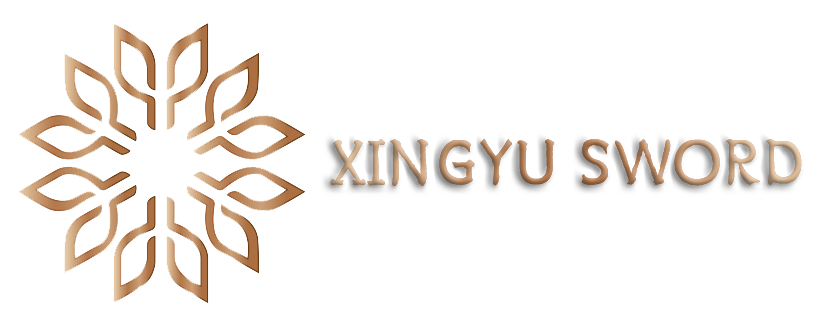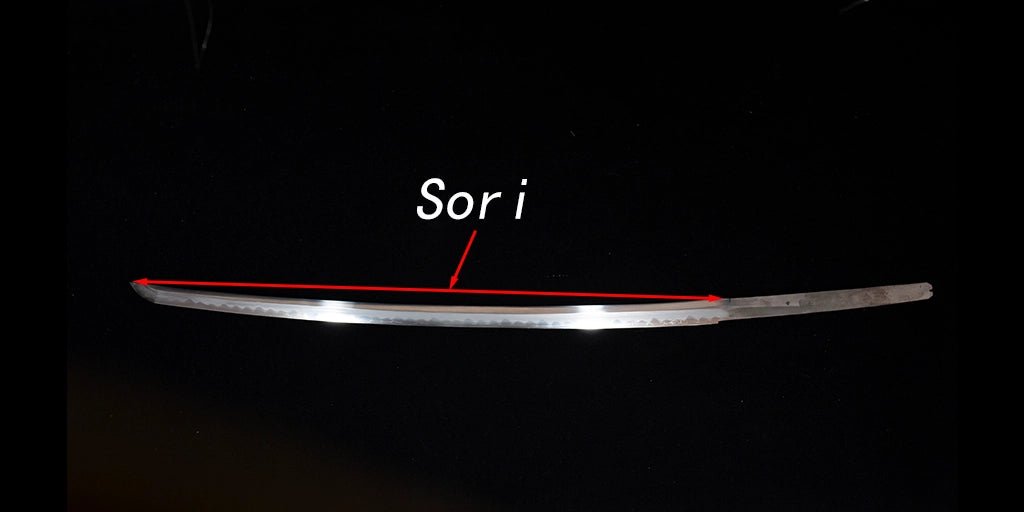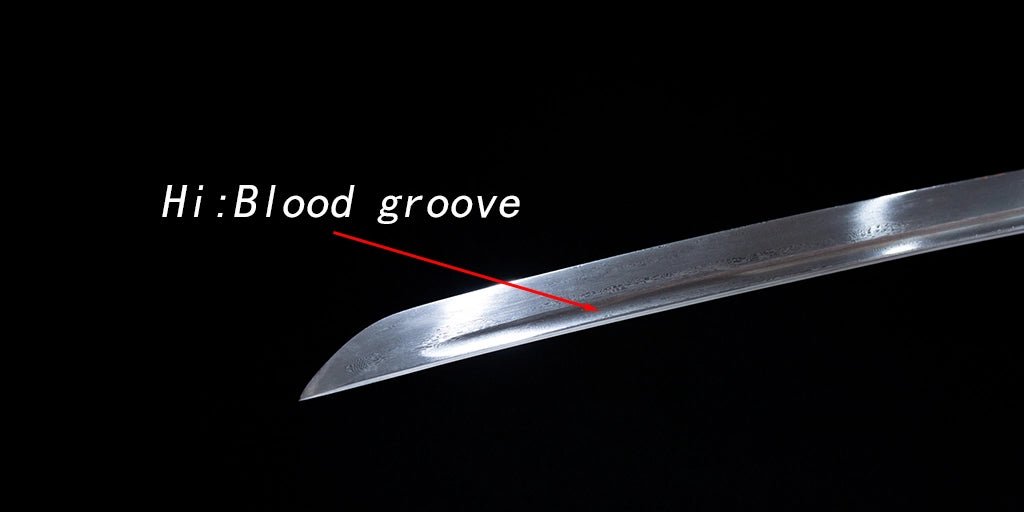What is Yasurime?
In addition to the shape of the nakakago, swordsmiths also apply a certain pattern of stripes to the nakakago, called
yasurime, which is called suridashi on the underside of the nakakago where the yasurime begins. yasurime increases the friction between the nakakago and the hilt, making it less likely that the hilt will fall off.
The yasurime is a part that varies from period to period and genre to genre. It is a place where right or left handed swordsmen tend to have unique handedness, and it is also a part that has been gradually refined and embellished with the development of time. Therefore, yasurime is also a key point of identification. If
mei is equivalent to a swordsman's signature, then yasurime is equivalent to a swordsman's fingerprint.
Yasurime Types
The basic forms of yasurime are kiriyasuri, kattesagari, osujichigai, higakiyasuri, takanoha, etc., and these different forms can be combined in any combination called keshoyasuri to form countless varieties.
KIRIYASURI-A parallel horizontal line that.
KATTESAGARI-The lowering of the parallel horizontal lines on the side of the mune, often seen on Japanese swords made by left-handed swordsmiths, is one of the main points of interest in recognizing the authenticity of a sword.
KATTEAGARI-Parallel transverse lines elevated toward the mune side.
OSUJICHIGAI-The angle of inclination is particularly large, roughly greater than 45 degrees, and is commonly seen in the swords made by the Zoben school of Chikuzenkuni (present-day Fukuoka Prefecture) and the Aoe school of Bichinaguni (present-day Okayama Prefecture) during the Koto period.
TAKANOHA-Like an eagle's feather, it is mountainous in shape toward the blade.
KESHOYASURI-Not for the practical reason of preventing the nakago and handle from slipping off, but for the elaborate pattern on the exterior to add to the beauty of the nakago. It is limited to the shinto or shin-shinto period, and there is a type of keshoyasuri called "koupou yasuri," which is said to have originated from a shinto swordsmith, Morisuke Hiro Tsuda Echizen, of the Shinto period in the Regent's country (now Osaka Prefecture).





Leave a comment
This site is protected by hCaptcha and the hCaptcha Privacy Policy and Terms of Service apply.